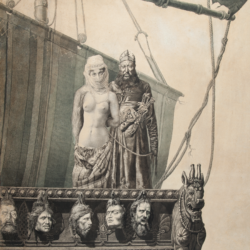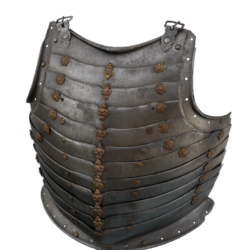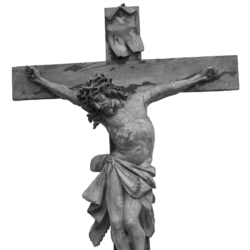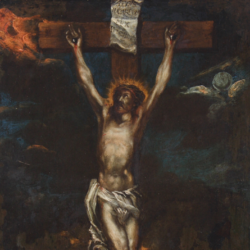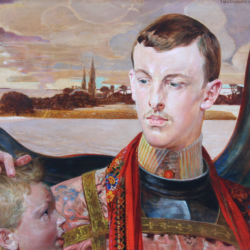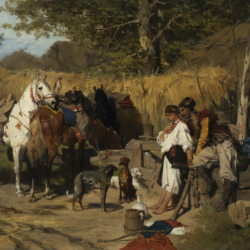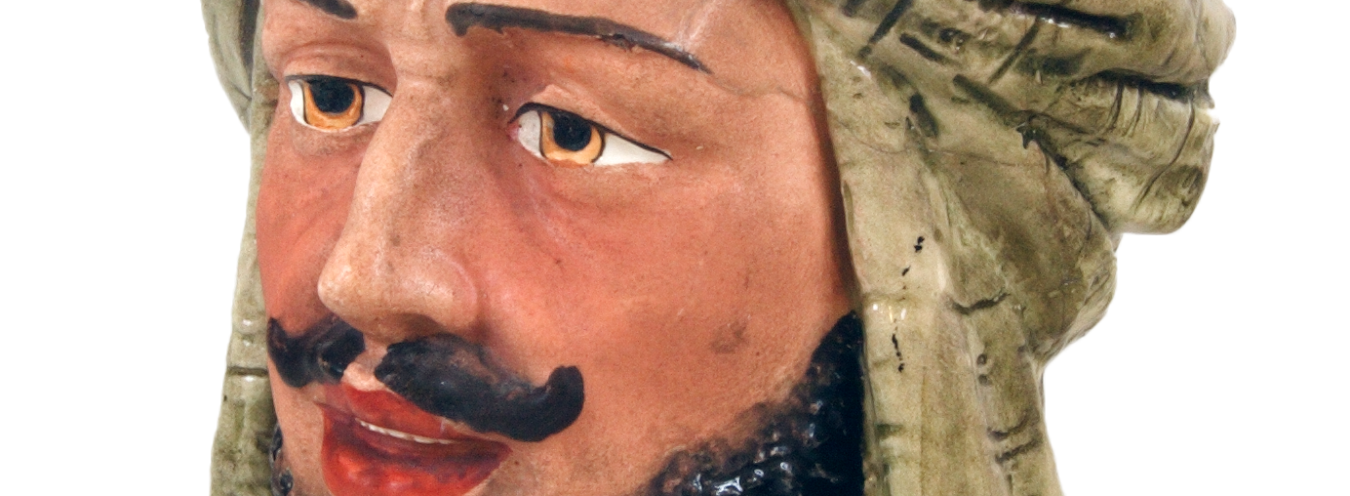
The logic of suffering (Tadeusz Zieliński)
Sienkiewicz’s inclination to the methodical construction of the scenes of cruelty was rarely noticed[1] and immediately justified with historical context.[2] Drawing attention to violence, which was ubiquitous in the Trilogy, Tadeusz Zieliński states, ”One cannot silence such a phenomenon; if such an atrocity took place, then the conscientious painter of the epoch describes it, and we cannot bear grudges about it. The only accusation that we may form is that he describes it in too much detail.”[3] The topic of the overly detailed descriptions of the scenes of violence appears in Zieliński’s essay only incidentally and disappears, giving way to other topics. In the conclusions of his essay, he asserts, seemingly with no connection to this first mention, that when everything is well, we can devote our attention to aesthetic issues, but:
When misfortune strikes, endangering the life of the nation, it immediately awakens the awareness, though rather vague, that this life is the highest element, and it subordinates all creative forces of the nation. The autonomous aesthetic gives way to biological orientation, also in the area of art. Then, the nation dispenses justice to its masters – the justice the value of which depends on the nation’s own vitality and dignity; the writer, the artist who led the nation along the road of life, strong, healthy, beautiful life is justified.[4]
For Tadeusz Zieliński, Sienkiewicz is an unrivaled master of existential persistence – “in power, health, and beauty.”[5] The author does not provide any arguments in favor of this thesis. How, in what way, does the writer, the lover of the historical realities of the bloody epoch of wars and risings, often lost or portending imminent defeat, manage to play the role of the propagator of the nation’s strength and well-being? We could treat Zieliński’s idea as an apt conception of a philologist familiar with the rhetorical methods for concluding a critical text if it had not been for another precedent created with a hand of a subtle critic. This precedent was provided by Maria Konopnicka.[6]
Przypisy
- See R. Koziołek, Sienkiewicz’s Bodies: Studies of Gender and Violence, trans. David Malcolm, Frankfurt am Main 2015.
- When explaining the accusations directed sometimes towards Sienkiewicz (concerning the excessive number of drastic scenes), Paweł Popiel quotes French critique André Baudrillart, the author of an essay about Quo Vadis, and claims that “when describing such times and such an epoch, it is highly unlikely that the writer would lecture young ladies on the principles of catechism” (P. Popiel, “Dwie prace o Sienkiewiczu” [Two works on Sienkiewicz], Czas February 6, 1901, no. 30; Baudrillart, “Le Roman ‘Quo Vadis’ et l’histoire” [Quo Vadis and history], Le Correspondant January 25, 1901).
- T. Zieliński, Idea Polski w dziełach Sienkiewicza [The conception of Poland in the works of Sienkiewicz], Zamość 1920, p. 33.
- Ibidem, p. 55. All Polish secondary sources translated by Ewa Nowik.
- Ibidem, p. 55.
- Some are surprised that the poet (is this because she is a woman?) shows so much understanding for cruelty in Sienkiewicz’s writing. Andrzej Stoff wrote: ”It is astounding that the one who defended Sienkiewicz’s ‘depictions of such suffering that can barely be observed’ was Maria Konopnicka” (A. Stoff “Sienkiewiczowskie studium zemsty. Wątek Adama Nowowiejskiego w ‘Panu Wołodyjowskim’” [The study of revenge in Sienkiewicz’s writing: The theme of Adam Nowowiejski in Fire in the Steppe], Roczniki Humanistyczne 1997, vol. 45, no. 1, p. 145.

